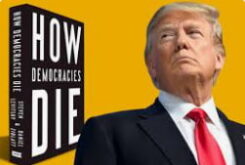Contents
This book, which was published in 2018 and entered the bestseller lists of famous newspapers such as the New York Times at the time, has started to become popular again these days when Donald Trump was elected as the US president for the second time. In line with this, we wanted to read the book again and write a short analysis by interpreting it according to current needs. After all, one of the books that best analyzed the first term of this hero, whose second term we will live in between 2025 and 2029, was the book “How Democracies Die?”
In this context, although it was written from a very strict Democratic Party perspective according to some, it is clear that there are messages for everyone to be extracted from it by impartial analysts. After all, the authors of the book, two Harvard Professors Steven Levitsky and Daniel Ziblatt, are very famous academics who have spent more than thirty years of their lives examining how democracies collapsed in Europe and mostly in Latin America.
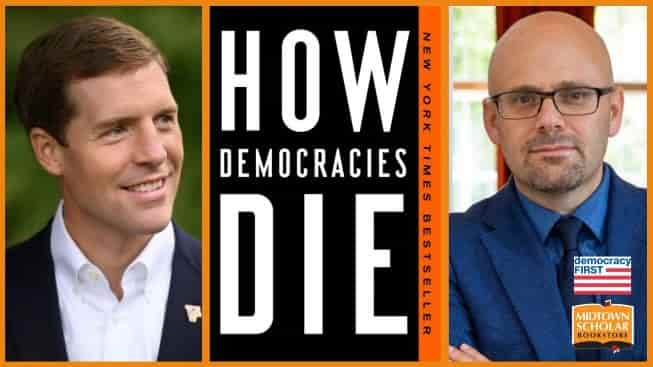
At this point, the basic message of our authors in the book; it is significant that democracies are no longer destroyed by sudden bloody military and political coups or revolutions (See the 1917 Russian October Revolution), but rather by gradually corrupting the institutions and organizations that form the basis of democracy, especially the media, over time. The work explains how democratic institutions and organizations are eroded, starting with historical dictators such as Hitler and Mussolini and extending to the present day, and Victor Orban (!) in Hungary, with examples of autocratic regimes. According to them, at the end of these slowly progressing stages, countries almost turn into complete autocracies.
An Overview of How Democracies Die: A Wake-Up Call!
At this point, although it seems like there are elections when viewed from the outside, the elected leaders are now clear. Here, Putin stands out as a clear example in the book. This book, which is approximately 350 pages, has been translated and published in more than 30 languages in the world. Although it paints a negative and pessimistic picture, our authors look to the future with hope in the last section of the book, reminding us that we all have duties and responsibilities in respecting the legitimacy of the opposition and living together with opposing views.
Our authors, who give examples from American history in the first part of the How Democracies Die book, believe that two basic values must exist simultaneously for modern democracy to live and continue on its path.
These values:
– Mutual Tolerance: It is defined as the situation where people who do not agree tolerate each other’s existence. Along with that, even if the election results are not in your favor, accepting and complying with these results also fall within the scope of this definition. After all, political opponents are not enemies and it is possible for them to compete in a gentlemanly manner. Of course, if democratic institutions function healthily. Our authors see that this value has eroded in the process before the 2016 election and issue a warning. During that period, the Republican Party and its harsh rhetoric, especially in the election campaigns, reflected a complete autocratic perspective.
Please do not forget that the statements that the results of the 2020 elections were fraudulent and the Capitol Hill parliamentary raid on January 6 took place two years after the book was published.
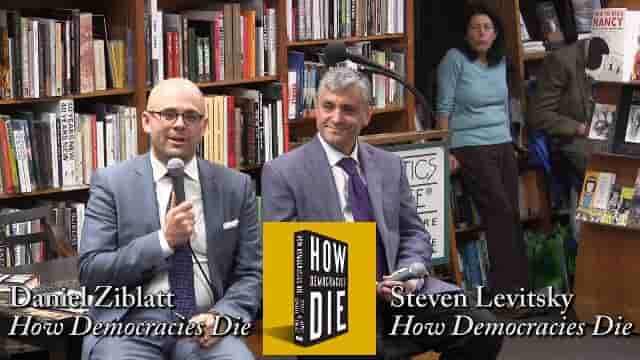
Forbearance Time For All of Us
– Forbearance: This term, also emphasized as institutional tolerance, means not seeing the other party as an enemy and respecting their right to life regardless of their political views. At this point, when Trump was first elected president in 2016 and especially in his first two years, his hostility towards Democrats and the gradual erosion of mutual tolerance along with tolerance posed a serious risk for the future of society.
The situation is not much different at the point we have reached today. The American people are more polarized than ever before in history, in other words, they are divided according to their political views. On the other hand, the book also explains what political parties need to do to correct this situation. In other words, according to them, if chauvinist, extremist and authoritarian politicians in both main American political parties are prevented from gaining influential positions, the situation will be automatically resolved. The authors give examples of Belgium and Finland in the 1920s and 1930s for this situation. In addition, how far-rightists were prevented within democratic structures in the 2016 elections in Austria is among the successful examples.
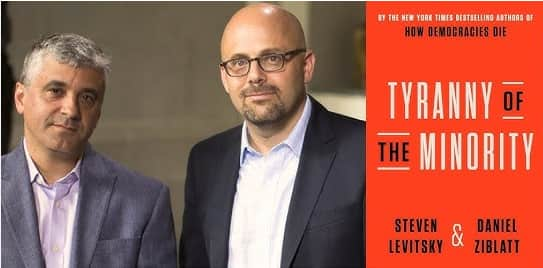
Why How Democracies Die Is Essential Reading Now!
The answer to this question is actually simple. In every era, such broadly participatory governance systems based on the demands of the majority of the people have been attempted to be destroyed by certain powers. What is important is that sensible majority and the broad masses of the people try to keep this governance system alive and support it through consensus.
At this point, it is emphasized that such steps are too late for the US regarding the survival of democracies, and Donald Trump is treated as a serious threat in the book. Although the 2020 elections had not yet been held in 2018, when the book was written, the events that followed prove how farsighted the authors were. In this context, if we look at the subject, as we are entering 2025, there are serious concerns about the rule of law, principle of separation of powers and the independence of democratic institutions during Trump’s second term as president.
In particular, the fact that the majority in both houses of Congress, the legislative body, namely House of Representatives and the Senate, has passed to the Republicans will create a suitable environment for harsher and more authoritarian tendencies. At this point, the question of how democracies die becomes important.
The book recommends that institutional systems of countries eliminate politicians with dictatorial or autocratic tendencies by democratic ways. In the last section, under the title of “Save Democracy”, our authors recommend that society strengthen democratic institutions with a structure based on the rule of law and separation of powers with a logic of mutual tolerance by reaching an agreement. Moreover, our authors also state that if the necessary precautions are not taken, there is a serious possibility that this superpower, will be dragged towards dangerous days again by extreme politicians.
Historical Lessons: How Democracies Die in the Past
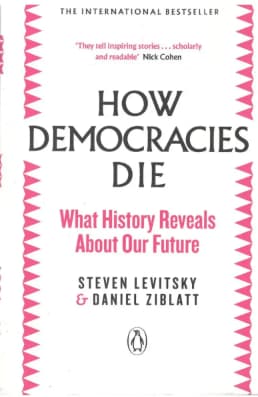
The most fundamental message of How Democracies Die is that the fact that democratic regimes can be put at risk even in America, the cradle of democracy, is an important message for the whole world. In other words, it does not necessarily take a military coup or a political revolution for this system of government to be eliminated; elected leaders can eventually cause the death of democracy by eroding democratic institutions, polarizing the public, and eliminating principles such as the rule of law and separation of powers.
Our authors, who have been studying the examples of many Latin American and European countries where this situation has been experienced for years, saw the risk of this situation in their own countries during the first Trump period and wrote this book. As we enter 2025 and the second Trump period is about to begin, it is very important to read the book again, learn lessons from the past, and be prepared now for the events that will occur in the future and put democracy at risk.
In this context, as Noah Harari, the famous historian professor and author of best-selling books such as Sapiens, Homo Deus, and Nexus, always says; “Democracy has won its fight against fascism and communism. Yes, this form of government, which has many problems within itself, is not perfect. On the other hand, instead of destroying it because it has some mistakes, we need to correct its mistakes and ensure that it evolves into a much better form of governance.”
At this point, it is important to emphasize the problem of left-wing politicians shifting to the right for the sake of populist right votes, which is one of the reasons why Kamala Harris lost the election.
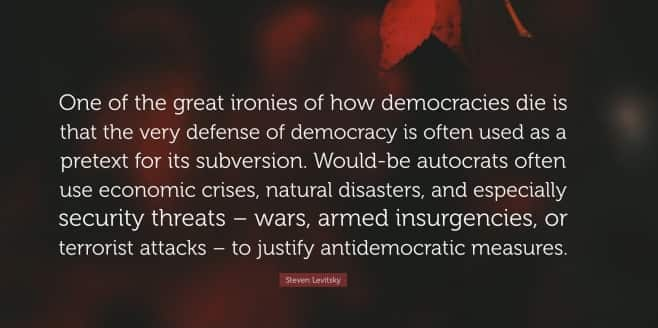
Democratic Tasks and the Saving Democracy
As you may recall, as a reaction to this tendency, a significant portion of democratic voters did not go to the polls, and this situation resulted in Donald Trump winning the popular votes with an overwhelming majority. At this point, it should be noted that another message of the How Democracies Die book in question turned out to be true.
In other words, if the primary process had worked more healthily within the Democratic Party, if Biden had withdrawn at a more appropriate time, and if a more popular candidate had come forward, perhaps we would not be talking about Donald’s second term as president, which they call a risk to democracy.
